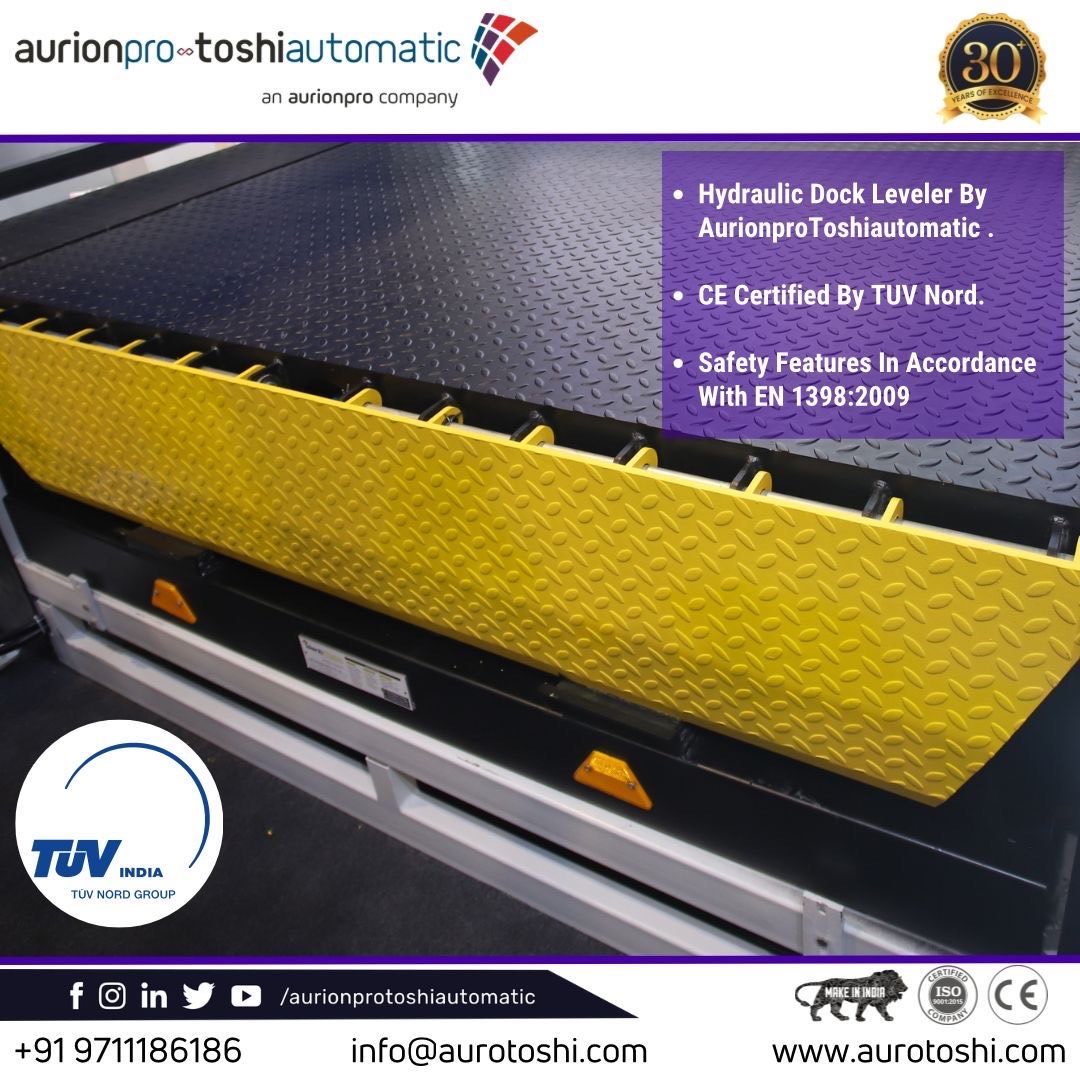
Dock levelers are the workhorses of warehouses, bridging the gap between trucks and the loading dock. But with all that heavy lifting and constant use, misconceptions and myths can creep in. Keeping your workers safe starts with understanding the truth. Let’s debunk some common dock leveler safety myths and clarify the facts for a safer, more efficient warehouse.
Myth 1: Dock levelers are self-regulating. I don’t need to worry about inspections.
Busted! Dock levelers, like any piece of machinery, require regular inspections and maintenance. Over time, parts can wear or malfunction, leading to safety hazards. Scheduled inspections by qualified technicians can identify these issues before they cause problems.
Fact: Follow the manufacturer’s recommendations for inspection frequency, and don’t hesitate to schedule additional inspections if you notice any concerning changes in performance.
Myth 2: Leaving the dock leveler lip extended is harmless.
Busted! An extended dock leveler lip creates a tripping hazard for anyone walking near the loading dock. It can also be a snag point for materials being moved, potentially causing a fall or dropped load.
Fact: Always retract the dock leveler lip completely when not in use. This simple step can prevent a multitude of potential accidents.
Myth 3: Only forklifts need to be secured on the dock leveler.
Busted! Any vehicle or pedestrian using the dock leveler needs to be secured. This includes pallet jacks, hand trucks, and even workers on foot.
Fact: Use wheel chocks or wedges for vehicles and ensure proper safety gear like harnesses and lifelines for personnel working on the leveler platform.
Myth 4: A little unevenness on the dock leveler platform is no big deal.
Busted! Even a slight tilt or unevenness on the platform can be dangerous. This can cause equipment to roll or tip, leading to serious injuries.
Fact: Immediately report any unevenness in the dock leveler platform to maintenance personnel. Don’t use a faulty leveler until it’s been properly repaired and leveled.
Myth 5: Dock shelters are just for keeping out the weather.
Busted! While keeping out wind, rain, and snow is important, dock shelters also play a crucial role in safety. They help maintain a constant temperature inside the warehouse, preventing condensation buildup on the dock leveler platform, which can create a slippery surface.
Fact: Ensure your dock shelters are properly installed, maintained, and free of tears or damage. A functioning dock shelter contributes to a safer working environment.
Myth 6: Using a dock leveler with a damaged lip is okay as long as it still bridges the gap.
Busted! A damaged dock leveler lip can be a serious safety hazard. Damage can include cracks, warping, or missing sections. These imperfections can cause equipment to slip or get caught, potentially leading to accidents.
Fact: Never operate a dock leveler with a damaged lip. Report any damage immediately and have it repaired or replaced before using the leveler again.
Myth 7: Dock levelers are only for loading and unloading trucks.
Busted! While loading and unloading trucks is the primary function, dock levelers can also be used to access trailers for maintenance or cleaning purposes.
Fact: However, using a dock leveler for non-standard tasks requires extra caution. Ensure the weight capacity of the leveler is not exceeded and take additional safety measures, such as using fall protection equipment for workers accessing the trailer interior.
Myth 8: The warning signs on the dock leveler are just there for show.
Busted! The warning signs and labels on a dock leveler are crucial safety information. They communicate the weight capacity, operating instructions, and potential hazards associated with the equipment.
Fact: Always read and understand the warning signs on the dock leveler before using it. Never ignore or bypass safety instructions, and report any damaged or missing signs for immediate replacement. By following these guidelines, you can ensure the dock leveler’s safe and efficient operation.
Beyond the Myths: Additional Safety Tips
Here are some additional tips to keep in mind for safe dock leveler operation:
- Clear Communication: Maintain clear communication between truck drivers and warehouse personnel regarding loading and unloading procedures.
- Personal Protective Equipment (PPE): Workers using the dock leveler should wear appropriate PPE, such as high-visibility vests and steel-toed boots.
- Proper Training: Provide adequate training to all employees on safe dock leveler operation procedures.
- Emergency Procedures: Have a clear plan in place for dealing with emergencies like equipment malfunctions or falls.
Conclusion: Safety First, Always
Dock levelers are vital tools in a warehouse, but safety should never be compromised. By debunking these myths and following best practices, you can create a safer working environment for your employees and ensure a smooth flow of goods. Remember, a commitment to safety is an investment in the well-being of your workforce and the long-term success of your warehouse.

